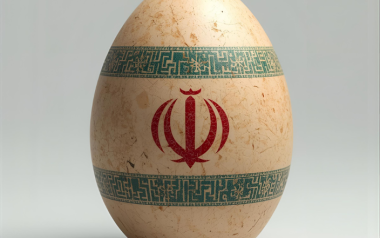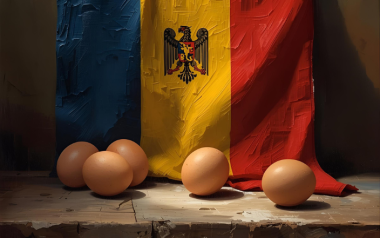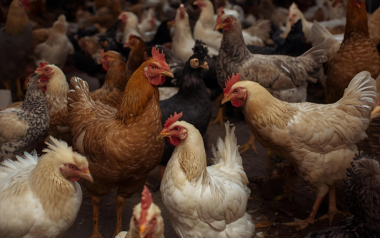Sources: Available upon request
12 Apr 2024
USDA report highlights the UAE’s poultry meat import necessity
The United Arab Emirates (UAE) faces a significant deficit in poultry meat production, necessitating substantial imports to meet domestic demand. A recent report by the United States Department of Agriculture (USDA), released in late March, sheds light on the UAE’s ongoing struggle to bridge this gap.
The United Arab Emirates (UAE) faces a significant deficit in poultry meat production, necessitating substantial imports to meet domestic demand. A recent report by the United States Department of Agriculture (USDA), released in late March, sheds light on the UAE’s ongoing struggle to bridge this gap.
The UAE’s poultry meat challenge
Despite its economic growth and influx of foreign direct investment, the UAE continues to grapple with a critical shortage of poultry meat. The country’s small-scale domestic production cannot keep pace with the rising demand from its population. As the UAE emerges from the COVID-19 pandemic, its economic recovery is bolstered by increased internal investment and a growing gross domestic product (GDP). However, this economic resurgence has not translated into self-sufficiency in poultry production.
USDA projections for 2024
The USDA predicts that in 2024, the UAE will experience a surge in poultry meat imports. This projection stems from the limited expansion of national production, which remains insufficient to satisfy the mounting demand. The UAE’s poultry industry faces inherent constraints due to its geographical size and other factors. Consequently, the country must rely heavily on imports to ensure a steady supply of poultry products to its population.
The gastronomic landscape in the UAE
Chicken features prominently in Emirati cuisine, gracing a variety of traditional dishes. Let’s explore some of these culinary delights:
- Biryani: A flavorful rice dish cooked with spices, meat (including chicken), and marinades. Biryani variations abound across the UAE, reflecting regional preferences.
- Mezze: A delightful assortment of small dishes, mezze often includes chicken preparations alongside ingredients like tomatoes, eggplant, Turkish white cheese, and peppers. The versatility of mezze allows for various cooking methods.
- Makbus: A typical Emirati dish combining chicken, rice, and nuts. The interplay of textures and flavors makes it a favorite among locals and visitors alike.
- Sish Tawook: These marinated chicken skewers are grilled to perfection, resulting in tender, juicy bites. Sish tawook is a staple at many Emirati gatherings.
- Shawarma: Served in Arabic pita bread, shawarma wraps feature fillings of lamb, chicken, beef, or turkey. The meat is slow-cooked on a vertical rotisserie and served with a yogurt-based sauce and spices.
Conclusion
As the UAE charts its economic recovery, poultry meat imports remain crucial for meeting the dietary needs of its population. The USDA’s report underscores the necessity of continued collaboration between the UAE and poultry-exporting nations to ensure a steady supply of this essential protein source.









































